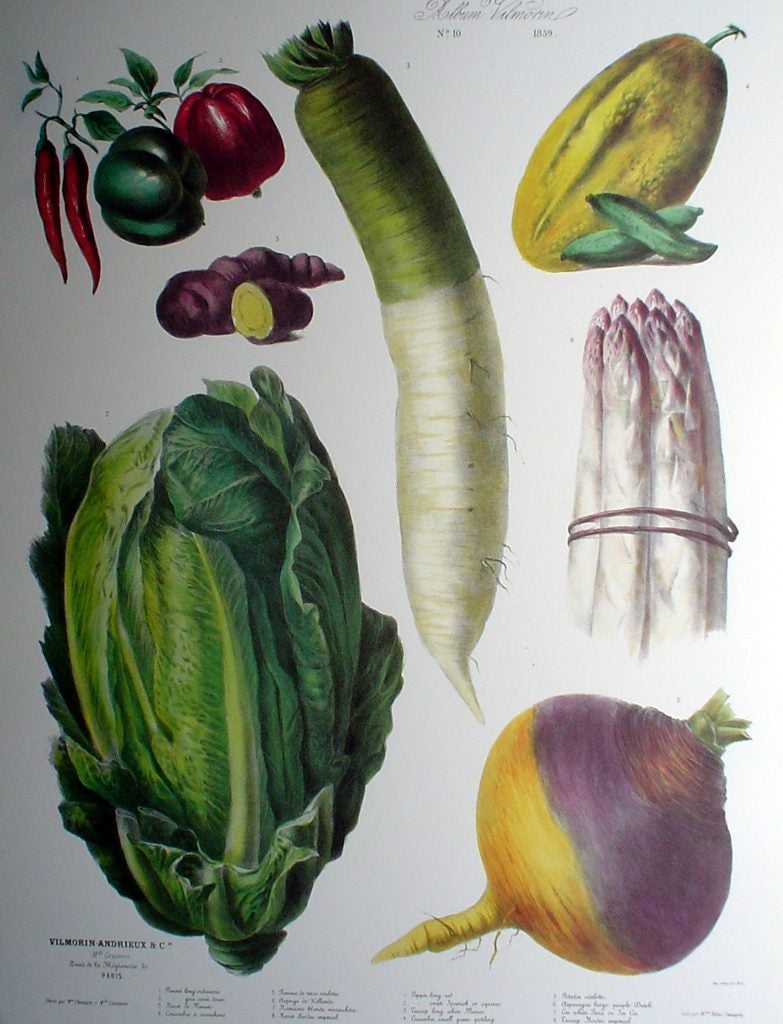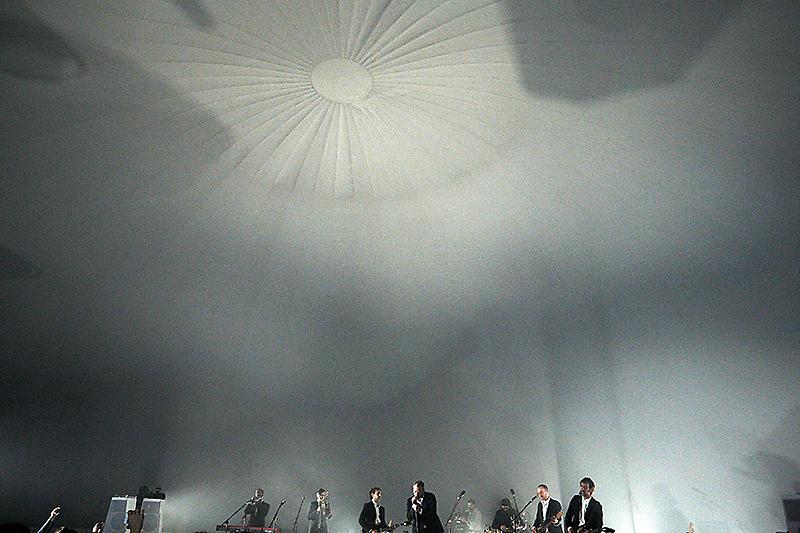On Blind Spots
What is it about the anxiety of possibility and the possibility of creative work that seems so inherently linked? As we’ve seen, this is where Lerner’s poet (and Leaving the Atocha Station) arrives at lyricism. The poet’s fear of not understanding—but wanting to appear as though he’s understood—results in these beautiful, roving chords of possible meanings. But because the possibilities can’t all simultaneously be true, the only way to capture them (or gesture toward capturing them) is to move toward the hypothetical, the subjunctive—in other words, to turn toward language, to speak them.
What is it about the anxiety of possibility and the possibility of creative work that seems so inherently linked? As we’ve seen, this is where Lerner’s poet (and Leaving the Atocha Station) arrives at lyricism. The poet’s fear of not understanding—but wanting to appear as though he’s understood—results in these beautiful, roving chords of possible meanings. But because the possibilities can’t all simultaneously be true, the only way to capture them (or gesture toward capturing them) is to move toward the hypothetical, the subjunctive—in other words, to turn toward language, to speak them.








